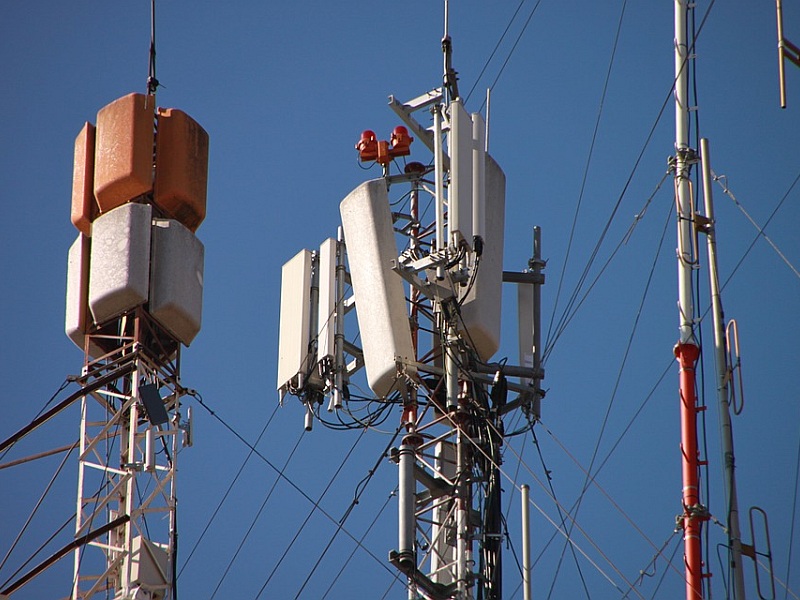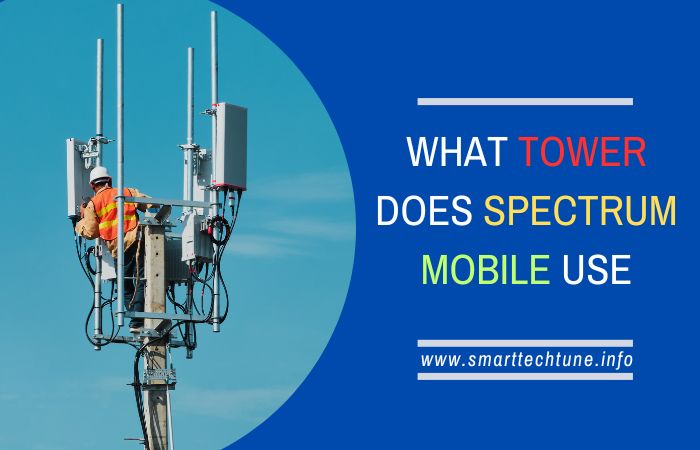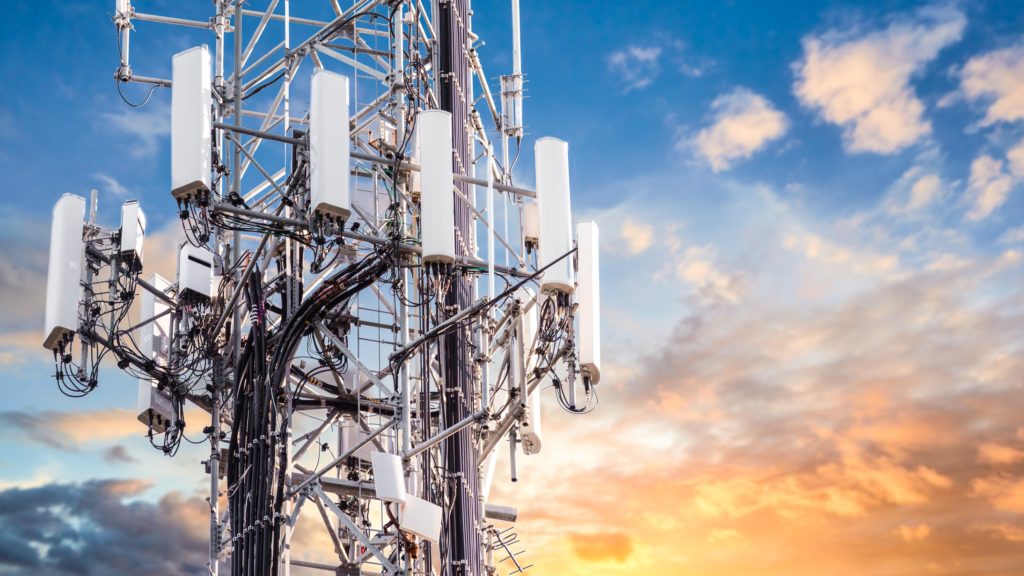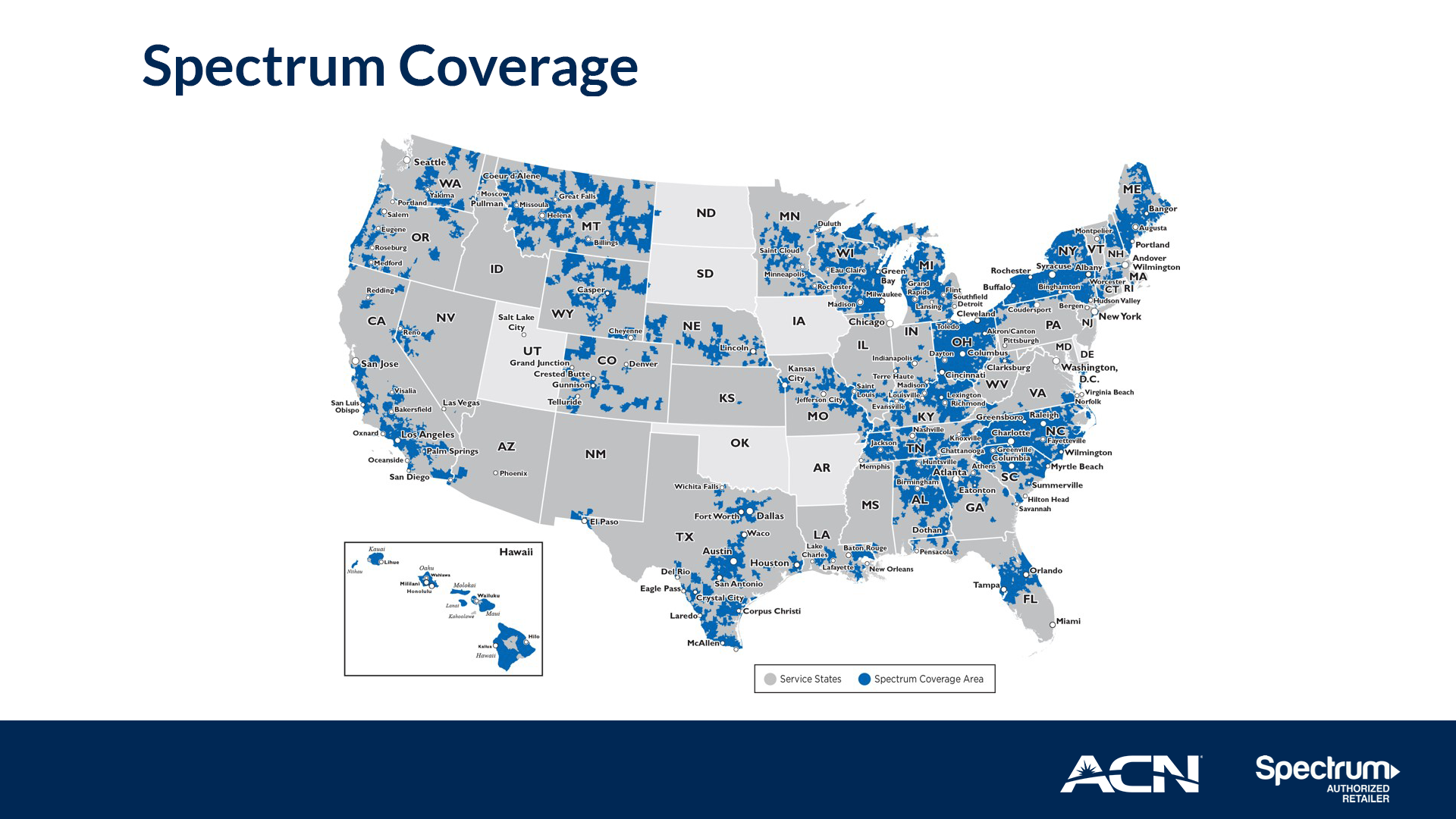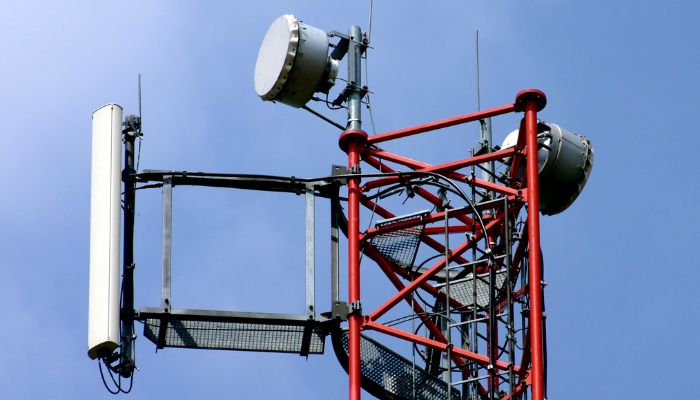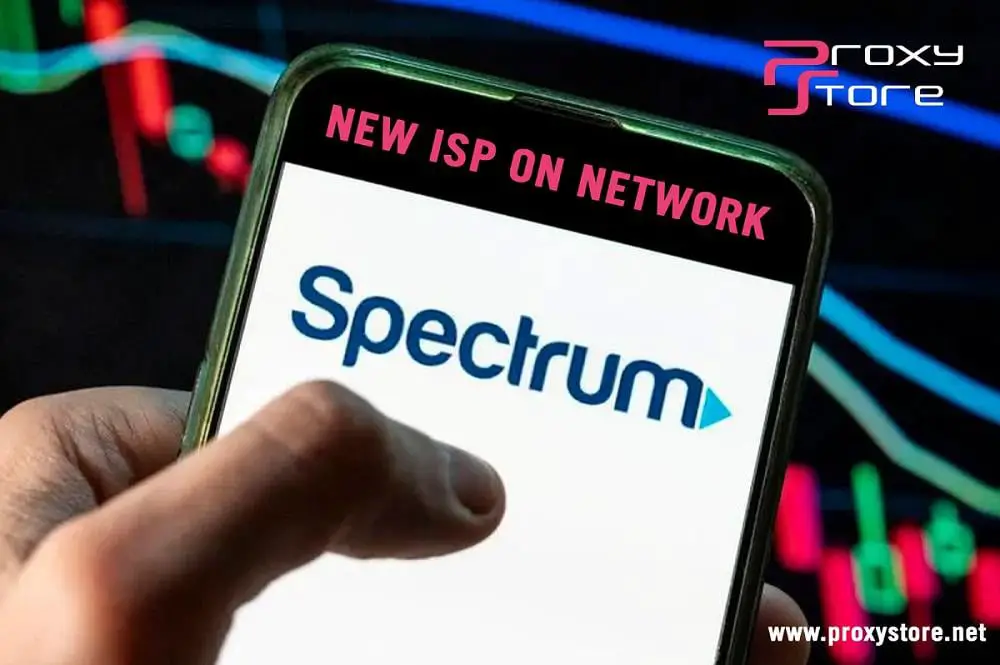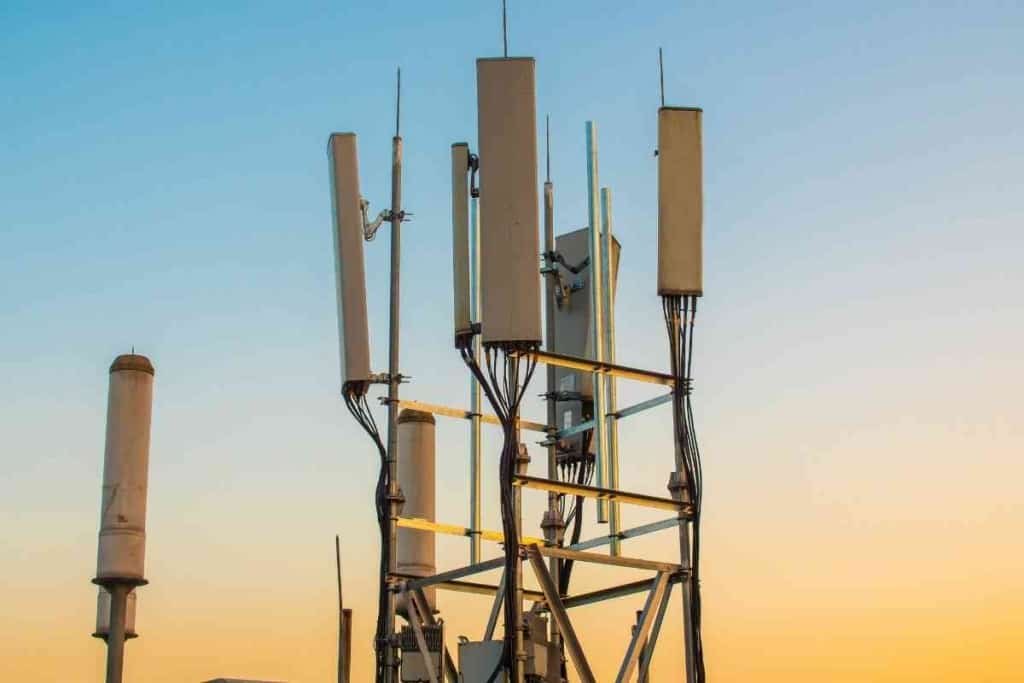Whose Cell Towers Does Spectrum Use

Imagine a crisp autumn evening, the air buzzing with the anticipation of a movie night. You settle in, popcorn in hand, ready to stream your favorite flick. But wait… the dreaded buffering wheel spins endlessly, a silent antagonist ruining your perfectly planned evening. The culprit? Often, it boils down to network infrastructure – those invisible towers silently working behind the scenes.
At the heart of this infrastructure discussion lies a crucial question: Whose cell towers does Spectrum, a major player in the internet and mobile service arena, actually utilize to deliver its wireless services? The answer isn't always straightforward, involving a blend of their own assets and strategic partnerships with other key players in the telecommunications industry.
Understanding this network tapestry is essential for consumers seeking reliable mobile connectivity and for anyone interested in the competitive landscape of the telecommunications industry.
Spectrum's Wireless Network: A Closer Look
Spectrum Mobile, offered by Charter Communications, operates as a Mobile Virtual Network Operator or MVNO. This means they don't solely rely on a massive network of towers they built and own themselves.
Instead, Spectrum strategically partners with established network providers, primarily Verizon, to provide coverage to its customers. This arrangement allows them to quickly offer mobile services without the massive capital expenditure of building a nationwide network from scratch.
The Verizon Partnership: A Cornerstone of Spectrum Mobile
The core of Spectrum Mobile's coverage hinges on its agreement with Verizon. This gives Spectrum Mobile customers access to Verizon's extensive 4G LTE and 5G networks, covering a vast geographical area across the United States.
Think of it as Spectrum renting space on Verizon's cellular real estate. This allows Spectrum to deliver competitive mobile services to their subscribers.
This partnership is crucial because it immediately thrusts Spectrum Mobile into the game with a robust and reliable network.
Beyond Verizon: Spectrum's Own Infrastructure Investments
While Verizon's network is the backbone, Spectrum isn't entirely dependent on it. They have been strategically investing in their own infrastructure, particularly in densely populated areas.
These investments primarily focus on building out a network of WiFi hotspots. This offloads data traffic from the cellular network, improving overall performance for users.
By strategically placing WiFi hotspots, Spectrum can provide seamless connectivity and a better mobile experience, especially indoors and in high-traffic areas.
Network Performance and the User Experience
The reliance on Verizon's network generally translates to reliable service for Spectrum Mobile customers in areas where Verizon has strong coverage. However, performance can still be affected by factors such as network congestion and the user's location relative to the nearest cell tower.
The Spectrum's extensive WiFi network offers a way to further enhance the mobile experience and ensure seamless connectivity for their customers.
Ultimately, the quality of service depends on a combination of factors, including the strength of the underlying Verizon network and the availability of Spectrum's WiFi hotspots.
The Future of Spectrum's Network Strategy
As the telecommunications landscape continues to evolve, Spectrum's network strategy is likely to adapt as well. Further investments in their own infrastructure, combined with ongoing partnerships, will shape the future of their mobile services.
Keeping an eye on these developments is crucial for consumers seeking the best possible mobile connectivity.
The dance between leveraging existing infrastructure and building their own will be key to Spectrum's continued success in the competitive mobile market.
So, the next time you're enjoying that buffer-free movie night, remember the complex network of towers and partnerships working silently in the background. It's a testament to the ever-evolving world of telecommunications, where collaboration and strategic infrastructure are the keys to connecting us all.




